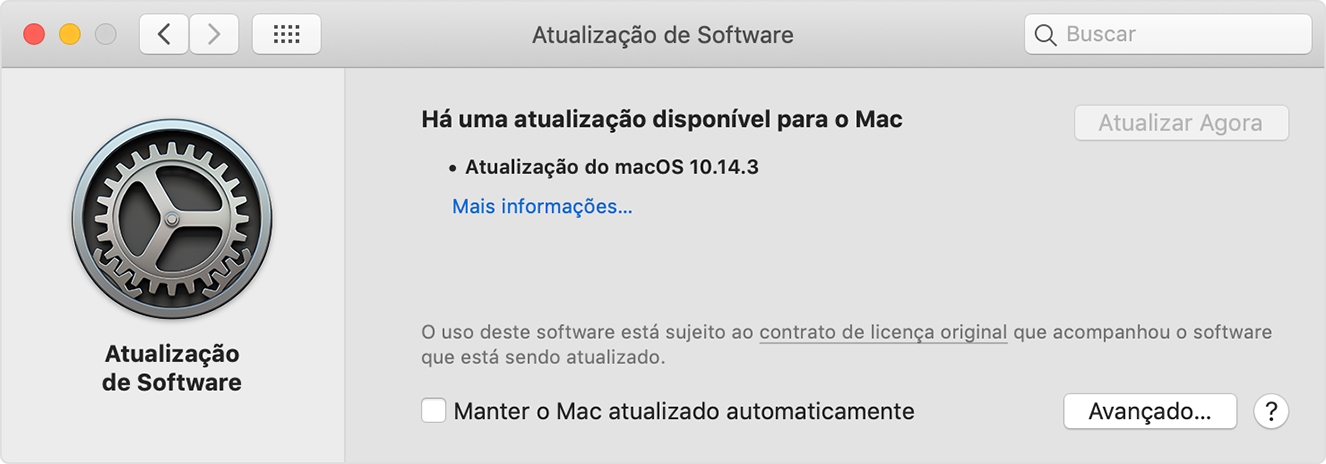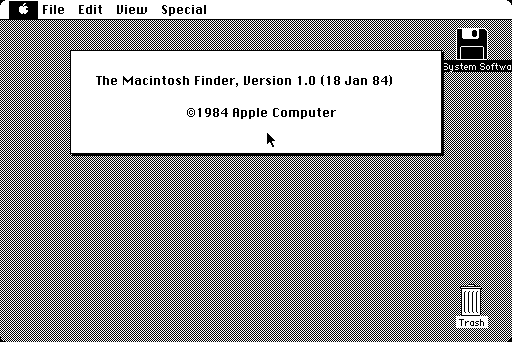macOS Recovery is part of the built-in recovery system of your Mac. You can start up from macOS Recovery and use its utilities to recover from certain software issues or take other actions on your Mac.
How to start up from macOS Recovery
- Turn on your Mac and immediately press and hold these two keys: Command (⌘) and R. Need help?
- Release the keys when you see an Apple logo, spinning globe, or other startup screen.
- You might be prompted to enter a password, such as a firmware password or the password of a user who is an administrator of this Mac. Enter the requested password to continue.
- Startup is complete when you see the utilities window:
- After starting up from macOS Recovery, select a utility, then click Continue:
- Restore From Time Machine Backup:Restore your Mac from a Time Machine backup.
- Reinstall macOS: Download and reinstall the Mac operating system.
- Get Help Online: Use Safari to browse the web and find help for your Mac. Links to Apple's support website are included. Browser plug-ins and extensions are disabled.
- Disk Utility: Use Disk Utility to repair your disk or erase your disk or other storage device.
Additional utilities are available from the Utilities menu in the menu bar: Startup Security Utility (or Firmware Password Utility), Network Utility, and Terminal.
- To quit macOS Recovery, choose Restart or Shut Down from the Apple menu . If you want to choose a different startup disk before quitting, choose Startup Disk from the Apple menu.
- If you’re looking for old Mac software, there are a number of sites on the interwebs that are worth checking out: Macintosh Garden – great site for old Mac games, system software and abandoned applications Rescue My Classic Mac – old Macintosh boot floppies and applications available for purchase Macintosh Repository – a sanctuary for old software of the classic Mac OS era.
- Corel Computer Software, Bitdefender Computer Software, VMware Computer Software, Apple Macintosh Vintage Home Computers, Pinnacle Systems Computer Software, IBM Computer Software Floppy 5.25' Format, Microsoft DOS 5.25 in Floppy Disc Operating System Software, IBM Floppy 3.5' Computer Software, Symantec Computer Software.
- Is Apple's Macintosh System Software 6.0.8 the best Operating System of all time? Does it beat the current champion, Microsoft's Windows 3.11? More info, MP3.
- System 1 (Macintosh System Software) is the very first version of the Macintosh system software, released with the original Macintosh 128K and Macintosh 512K computers. The Macintosh System Software borrowed from the user interface developed for the Apple Lisa computer line, based on user interface rules learned from the Xerox PARC team. System 1 is also a generalised term for any version.
What is Mac System 6.x? 1st download is SSW 6.0 (4 x 800K disk image) 2nd archive includes all these System Software 6 versions: SSW 6.0 (1 x 800K disk image) SSW 6.0.1 (1 x 800K disk image, limited system folder) SSW 6.0.3 (4 x 800K disk images) SSW 6.0.5 (4 x 800K disk images).
If you can't start up from macOS Recovery
Old Macintosh Software
If your Mac can't start up from its built-in macOS Recovery system, it might try to start up from macOS Recovery over the Internet. When that happens, you see a spinning globe instead of an Apple logo during startup:
To manually start up from Internet Recovery, press and hold either of these key combinations at startup:
- Option-Command-R
- Shift-Option-Command-R
Learn more

If startup from Internet Recovery is unsuccessful, you see a globe with an alert symbol (exclamation point):
System Software Macintosh Unix And Os 2
In that case, try these solutions:

- Make sure that your Mac can connect to the Internet. If you're not prompted to choose a Wi-Fi network during startup, move your pointer to the top of the screen, then choose a network from the Wi-Fi menu , if available.
- Press Command-R at startup to try using the built-in Recovery system instead of Internet Recovery.
- Connect to the Internet using Ethernet instead of Wi-Fi, or vice versa.
- Connect to the Internet from a different Wi-Fi or Ethernet network. Your network configuration might not allow the Internet access that macOS Recovery needs.
- Try again later, because the issue might be temporary.
- Start up from another disk or volume, if available, or use a bootable installer to reinstall macOS.

If you still need help, please contact Apple Support.

As of Mac OS 8, Appledistributes its system software on CD-ROM only. Earlier versions wereavailable on both CD-ROM and floppy disks. The instructions belowcover installation using either type of media. If you have an olderMac OS computer, see ARCHIVED: For my older Macintosh computer, where can I get system software? If you are installing MacOS X, see ARCHIVED: How do I install or upgrade Mac OS X 10.6 (Snow Leopard)?
To install Mac OS:
- Boot up with the CD-ROM or, if you have the system on floppydisks, the System Tools disk.
For instructions on how to boot from a CD-ROM, see ARCHIVED: On a Mac, how do I change my startup volume or boot from analternative volume, disc, or device?
To boot from a floppy disk, shut down the computer and insert theSystem Tools disk or the first installation disk. When you restart thecomputer, it should boot from the floppy.
Note: If you have downloaded a Net Install of System7.5.3 for an older computer from Apple, you should also download theNetwork Access disk image, so-called because it contains aSystem Folder and the minimum software needed to make anetwork connection. You will need Disk Copy to convert thedisk image into a boot-up floppy. Apple recommends you boot from sucha floppy before running a Net Install of System 7.5.3.
- Run Disk First Aid on the volume on which you will beinstalling the Mac OS. In older versions of the system software, DiskFirst Aid is on the Disk Tools or System Tools disk, while in newerversions it is in a folder named
Utilitieson the CD-ROM.Newer Mac OS installers automatically check the disk as part of theinstallation process. - Double-click the installer program. In the Mac OS 7.6 through 9installers, you will need to click Continue on the firstscreen and then select the drive you want to install to on the secondscreen. For earlier installers, click OK in thedialog box telling you what you are about to do. If installing from aCD-ROM, make sure you select the volume on which you want the systemto be installed.
- There are various types of installation from which to choose.Choose the method that best suits your situation. If you already haveMac OS 7.6 through 9 installed, the installers for these systems willdetect that and give you the options Reinstall andAdd/Remove. Other options are as follows:
- Easy Install will install the default system (the systemfor that particular computer) and all printer software.
- Custom Install allows you to specify a systemconfiguration other than the default. You can choose to install aversion configured for the particular Macintosh model you have or onethat will work with any model. You can also choose a minimal systemconfiguration that does not install some optional components of thesystem, or you can separately specify what networking software,multimedia support software, specific printers drivers, etc., toinstall.
- Custom Remove allows you to remove selected systemcomponents from the system. Make sure the applications you are usingdon't require these components before removing them.
- Clean Install creates a brand new
SystemFolder. The oldSystem Folderis renamedPrevious System Folder. For instructions on performingthis type of installation, consult ARCHIVED: In Mac OS 9.x and earlier, what is a clean system install, and how canI do it?
- Once the installer has finished updating or installing youroperating system, restart your computer. You should then install anyupdates to the operating system; see ARCHIVED: For Mac OS X, how do I obtain and install system softwareupdates?
